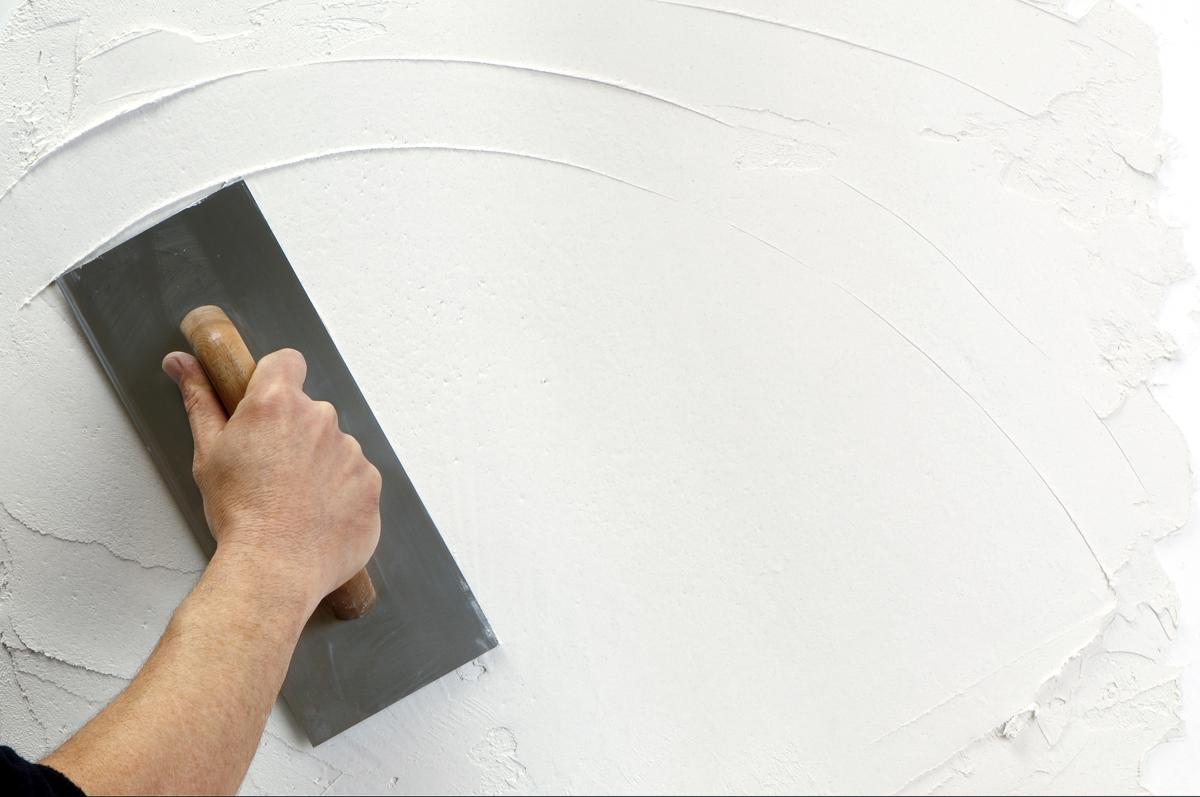
03 Jun Top tips for Venetian plaster application
Venetian plaster is by far and away the most popular polished plaster in the United Kingdom. It’s been used in Europe for hundreds of years. It’s an Italian plaster with the version we know today made popular during the Renaissance period. The original plaster dates back further than this, with evidence of it being used by the Romans who used marble dust in their lime putty for interior walls.
Suffice to say, it’s a decorative finish that’s stood the test of time.
Why is it so popular? Because it’s full of character, offers a luxurious interior finish and importantly, it can be tinted to change its colour. This makes it suitable for a wide range of applications, from homes to museums to retail stores.
Applying venetian plaster
Applying traditional venetian plaster isn’t a job for an amateur. The material isn’t easy to work with. It’s notorious for showing imperfections. It takes a skilled plaster several hours to complete a single wall. If you are an amateur, there’s synthetic venetian plasters that are easier to apply. These are acrylic resin based, instead of lime-based. They are easier to apply but are not traditional. We don’t use them ourselves.
Venetian plaster application – expert tips
Below, we’ll provide advice on Venetian plaster application. The tips only apply to traditional lime-based plaster, not synthetic plaster.
- Use the right tools
Ever heard the expression a bad workman blames his tools? Well, when it comes to applying venetian plaster the expression fits. You need to use the right tools because they dictate how easy applying and smoothing the plaster is. You’ll need a steel trowel or 6-inch drywall knife, 400-600 grit sandpaper and the plaster itself. To cover the floor, use a dust sheet. You should clear the room as much as possible too.
- Preparation
The walls have to be imperfection-free. If there’s holes they need filling. If there’s rough textures they need sanding. If there’s dirt and grease it has to be cleaned away. The plaster needs a smooth and clean surface to adhere properly. If your walls are painted, you can plaster directly over them but if the paint is glossy you’ll need to sand the paint to remove the sheen. Round off wall corners with sandpaper to avoid cutting into the plaster with your trowel. This is a common oversight people make.
- The first coat
The first coat isn’t the most important for surface finish, however it does dictate how much effort is required to create a perfect finish in the next coats. Start at the corner of the room and apply a thin coat of plaster using your drywall knife. If the plaster is so thin that you can still see some wall behind that’s absolutely normal. Keep applying the plaster. Spread it thinly but evenly. The aim here is to ensure the surface is smooth. Once you’ve covered the wall, leave it to dry for a minimum of 16-hours.
- The second coat
The second coat effectively fills in the first. If you achieved good smoothness with the first coat, it’ll be easier to apply the second coat consistently. Apply the second coat in the same way, starting from the corner. Apply a thin and even coat. Use long and short strokes to maintain even coverage. Once you’ve completely covered the wall, allow the second coat to dry for at least 24-hours. Return the next day.
- The third coat
It is not always necessary to apply a third coat however high-end applications demand it for a flawless finish. You can skip this step if you are happy with the plaster finish. Venetian plaster is exceptionally durable and will last for a long time with just two coats. If you do choose to apply a third plaster coat, use the same technique as for the second. Start from the corner and work your way inwards.
- Polishing
Venetian plaster can be polished by hand or by machine. The truth is polishing by machine is much faster and offers a great finish. Polishing by hand is the traditional method but offers no better results. There are special plaster finishing machines you can use but you can use a rotary polisher designed for car bodywork. You just use a specific pad. It’s important not to over polish the plaster. Take your time to get the sheen even.
Hire the experts
We’re experts in all aspects of decorative plaster finishes and specialist plastering techniques. If you have a professional requirement for venetian plaster application, we’d be delighted to help. Call us on 0113 258 0387 to discuss your project.




No Comments